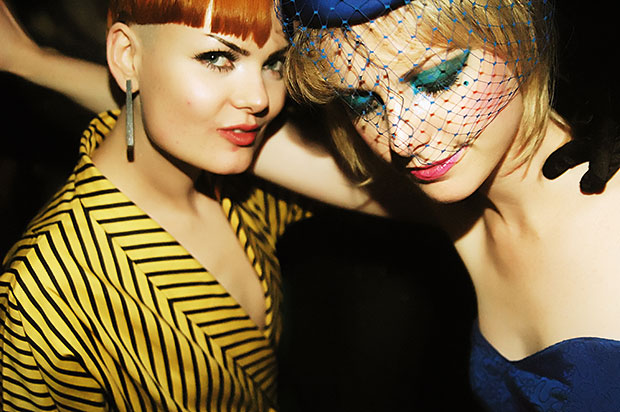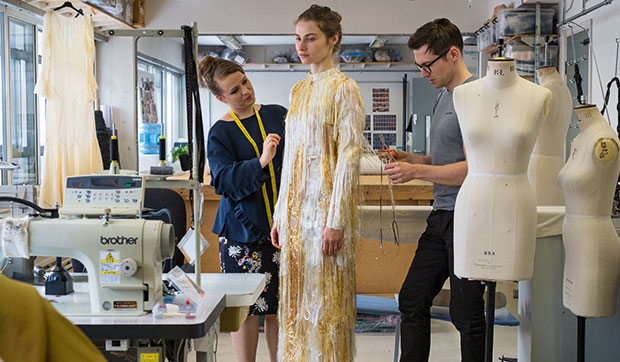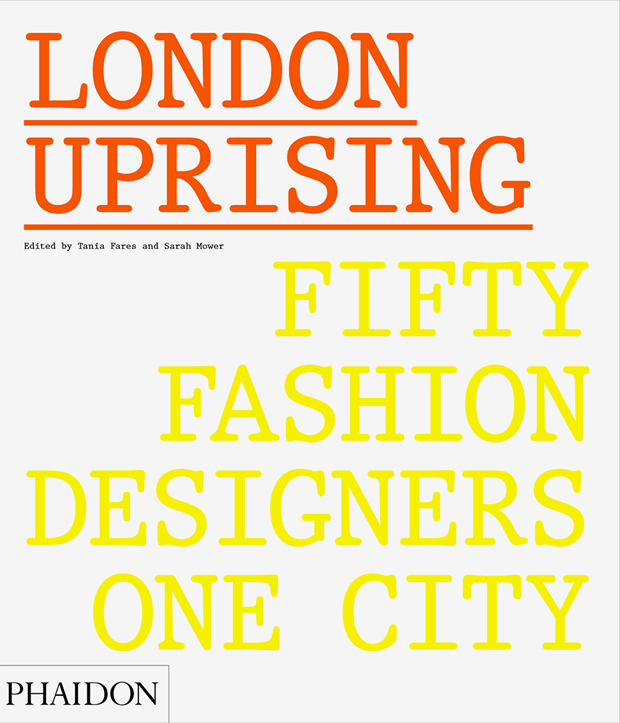
How London fashion beat the odds
Sarah Mower on the London students who changed fashion after the 2008 financial crash
In a few days the world’s designers, buyers and style journalists will fly across the Atlantic, as New York Fashion Week draws to a close and London Fashion Week begins.
These dates may seem immovable, yet, as our new book London Uprising: Fifty Fashion Designers, One City, makes clear, the British capital’s place within the fashion world is only maintained thanks to a group of remarkably talented individuals, who have continued to create world-beating collections in an ever-changing world.
"It’s notoriously hard to freeze fashion long enough to take stock of what’s happening," writes the British fashion journalist Sarah Mower in the introduction to London Uprising. "It’s a medium that contains so many different characters, so many moving parts, and rushes forward in such a blur that it rarely bothers to look in the rear-view mirror. But what is common to all the people in our new book London Uprising is one extraordinary and bizarre fact. They are all part of a London fashion phenomenon that put on its creative and commercial growth-spurt at the very worst of times, precisely when financial markets were crashing and a pall of economic depression was falling over the world. Time and again, foreign fashion observers stand back and look at London fashion, with its knitted-together organization, and ask: how was that possible?

"In the broadest of terms, London’s designers concocted the perfect antidote to the hideously dark times – right in the middle of what threatened to be the most desperate crash since the 1930s. Together, they came up with doom-busting stylistic escapism in the form of colourful, exuberant, witty and, in many cases, beautifully made clothes.
"London Uprising describes their rise in a series of insightful interviews with the designers – some of them graduates barely out of university, some of them working for established brands that rebooted themselves - who made it all possible.
"Previous generations of young designers in Britain had rebelled through punk, amateurish aggro-chic and a general attitude of hackles-raised non-cooperation. This new cohort – kids in the Nineties, young adults in the Noughts – rose up with a completely different consciousness. They grew up loving Kylie Minogue, Britney Spears and The Spice Girls – or, in the case of Erdem Moralioglu and Christopher Kane, watching TV (Merchant Ivory in Moralioglu’s case; Hammer Horror in Kane’s case).
"Their vividly cheerful, multi-coloured uprising overthrew everything that observers had come to expect from ‘British’ fashion from punk onwards. These young designers rebelled with their professionalism. They didn’t identify with their immediate elders – and frankly, they had even harsher realities to fight against. Theirs was a revolt born of self-reliant optimism: a backlash against the anti-business attitude that had gone before.
"Fashion is always a reflection of its time and of the individuals who channel it. It has plenty to say about what we’re getting up to, what we want to escape to and what we’re hiding from. London Uprising highlights how all that fed into a completely different consciousness that made the UK capital the fashion capital of the world."

For more on this fascinating period and the people who shaped it order a copy of London Uprising: Fifty Fashion Designers, One City here.